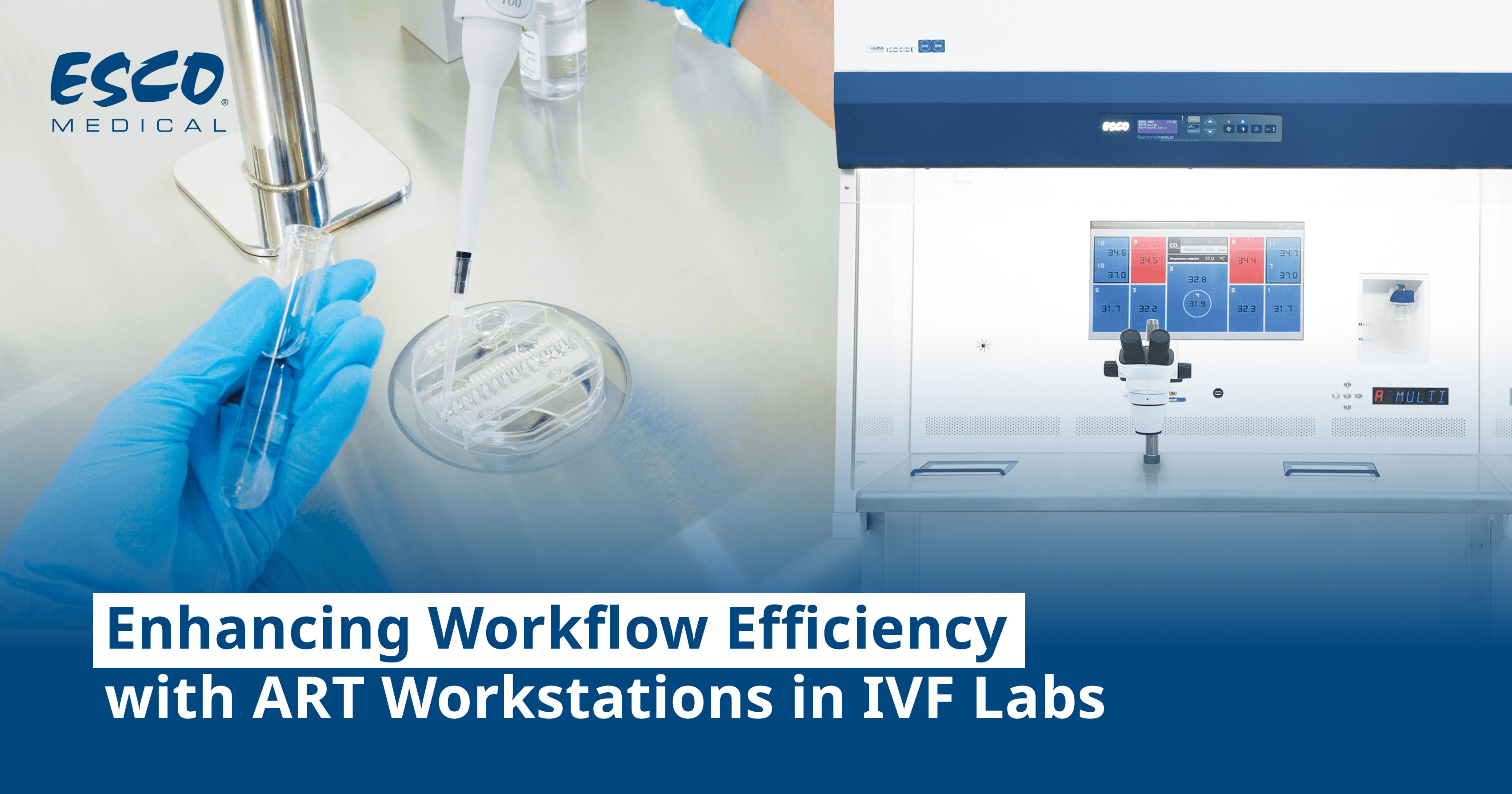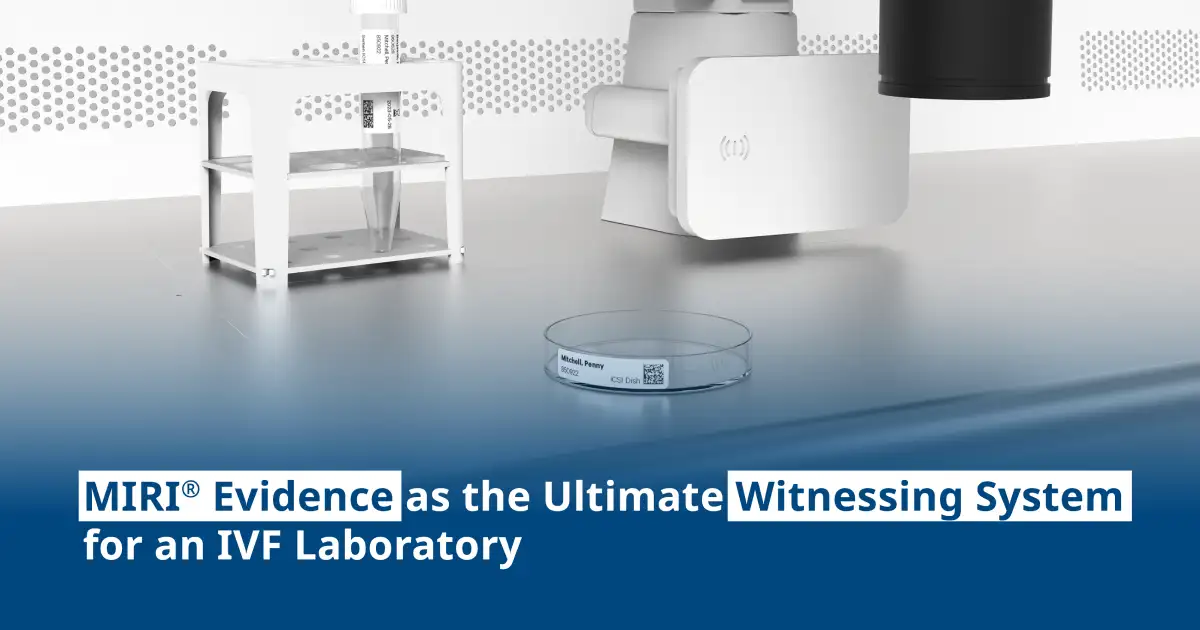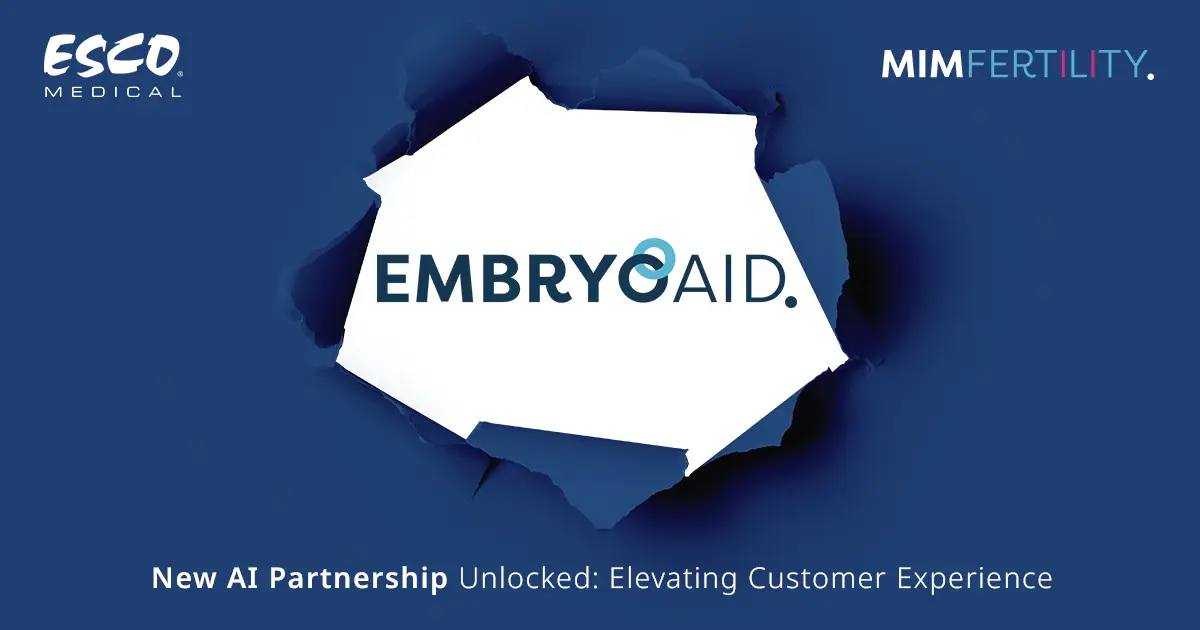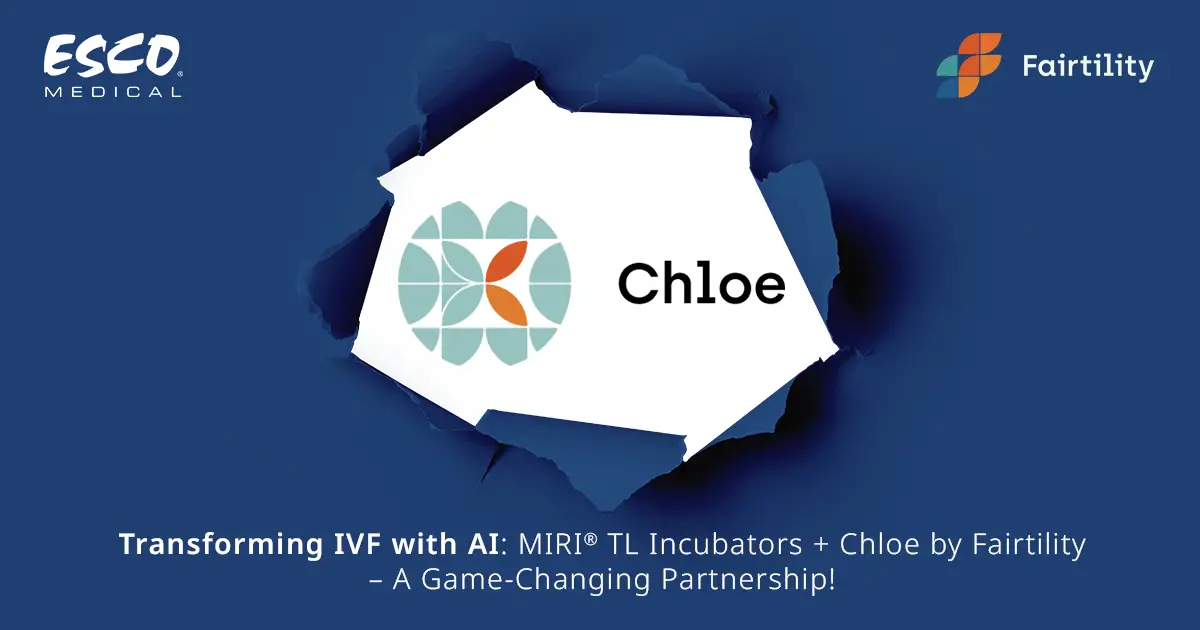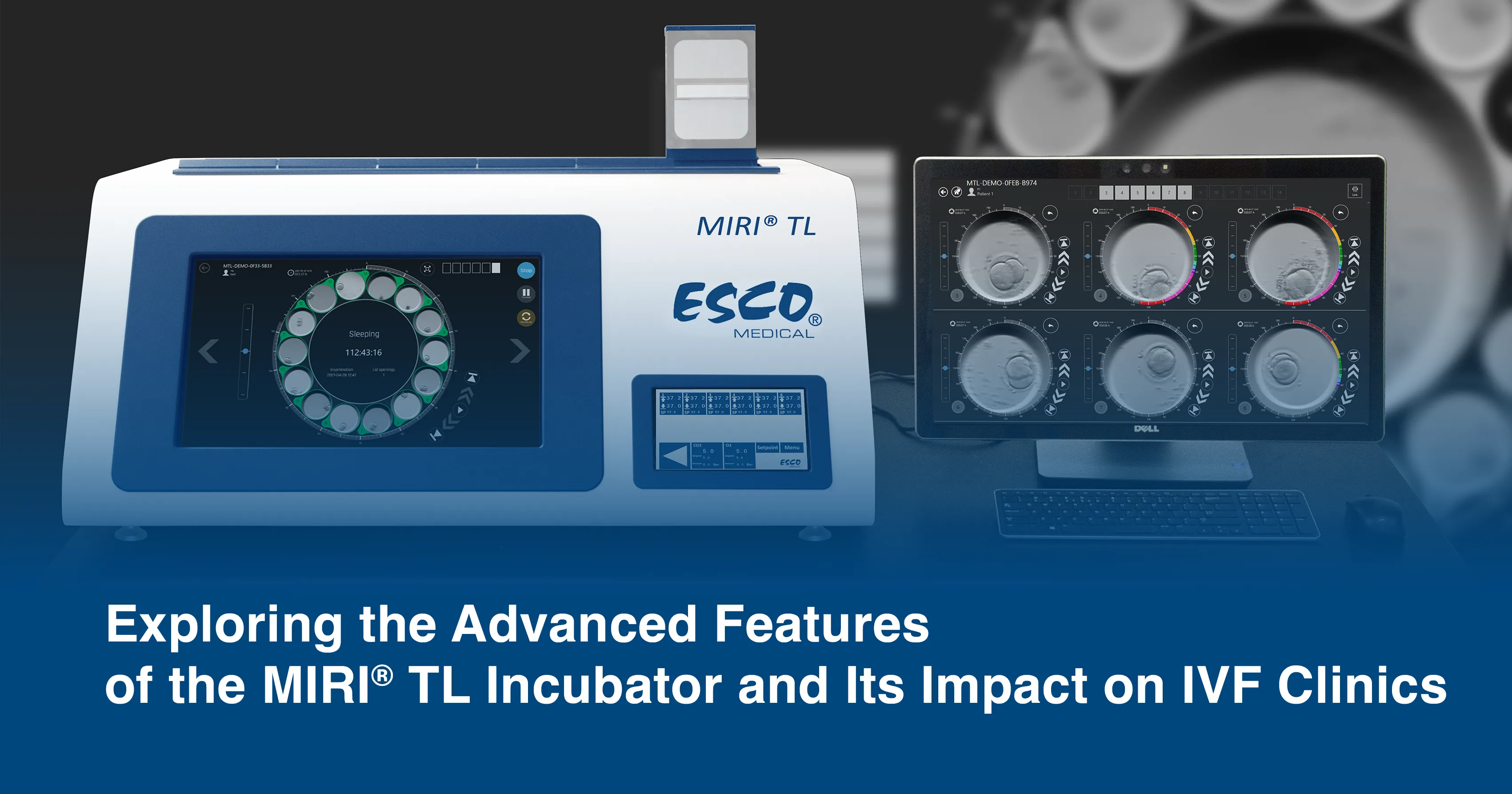
For those couples who dream of being parents, pregnancy problems can be tremendously frustrating and at some point depressing. The WHO reported that one out of eight couples is inflicted with infertility.
There are a couple of advanced technologies available and new interventions, such as drugs and devices, to help the couple realize their dreams of having a baby of their own. Whether the method is invasive or not, it always boils down to the question: Which one has been proven to be safe, effective and has shown positive results?

Both time-lapse and preimplantation genetic screening (PGS) are well-established methods that help assess the potential of the embryo to implant and the chances of being chromosomally normal. Time-lapse embryo monitoring allows continuous, non-invasive embryo observation without the need to remove the embryo from its optimal culturing conditions. The images generated will provide valuable information on the cleavage patterns and the dynamics of the embryo morphologic changes which can help assess its viability to implant. On the other hand, PGS is a screening tool to help identify certain genetic or chromosomal defects within the embryos produced through IVF. Both technologies will provide different answers but doing them together in synergy will help achieve the goal of IVF which is to have a healthy live birth. Download this Application Note on the advantage of using both time-lapse and PGS for embryo selection and evaluation.
